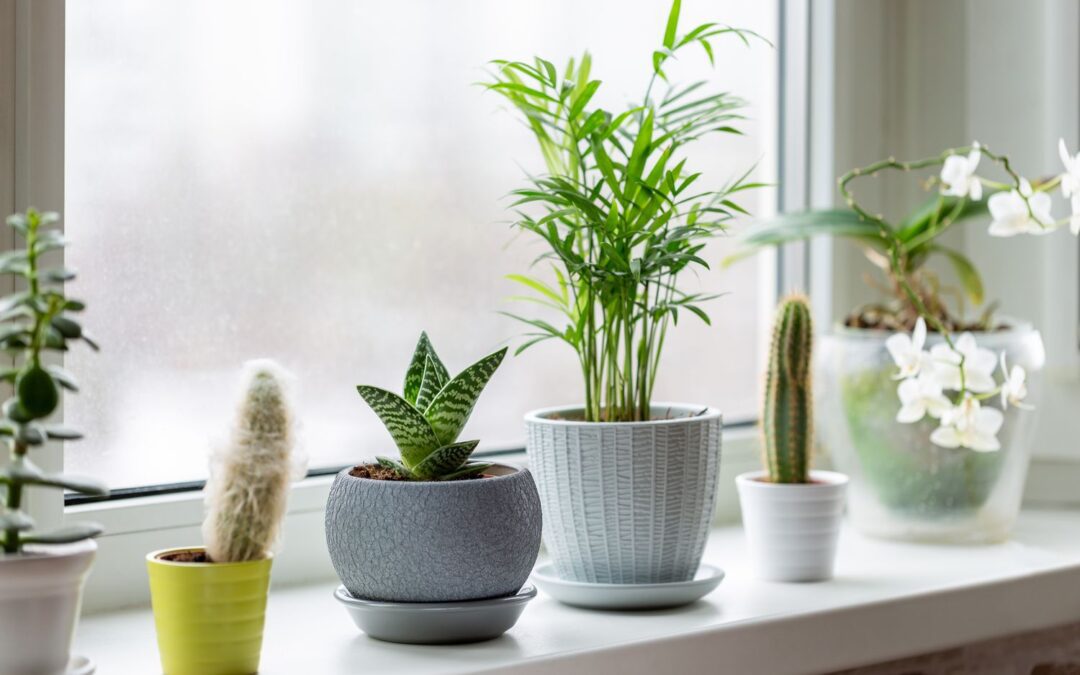I’ve checked all 10 of my favorite weather apps and forecasts seem to agree that March will be coming in like a lamb. Finding consensus about past weather events is tricky because our memories can be so subjective. All in all, it’s been a quiet winter. The biggest story in my opinion was that second week in January’s snow and ice. Although, the coming few weeks could prove to be an issue if the mild temps are followed by a significant drop. Despite the clement days, I’m fairly confident that Old Man Winter isn’t nearly finished with us. The take away is the same every year. Gardeners are eternal optimists and will deal with whatever Mother Nature dishes out!
The up-coming mild weekend weather has many of us itching to get into the garden, but it’s February and will be a while before the Garden Center gets any annuals, perennials or trees and shrubs and we can begin planting. It is great weather to do a bit of pruning though and while you’re out there, look out for spongy moth egg masses on house siding or tree trunks and remove them. Put them in a zip-lock bag and throw them away!
So, should you feed or starve your spring fever? If you decide to appease that gardening beast, try starting some seeds indoors. Onions, leeks and any perennial flowers can be sown now. Use a good germinating mix, like Black Gold’s Seedling Mix. It’s formulated for young plants and will help lessen the chance for damping off and other fatal fungal diseases. And don’t forget that these growing starts will need plenty of light, so you may want to invest in some grow lights. You’ll find lots of choices in the Garden Center.
If you haven’t yet, it is time to thoroughly inspect all your houseplants for insect pests. You may have made it so far without problems, but pesky creatures can pop up, seemingly overnight. Carefully check underneath all the leaves for lurking spider mites and white flies. These pests can be very sneaky. Aphids are easier to spot on new tender shoots. Keen observation goes a long way. A good shower or spray in the kitchen sink will make a world of difference. Be sure to use lukewarm water and don’t wash cactus or plants that have fuzzy leaves.
And how is your lawn coping? It’s hard to predict what effect the winter will have. We tend to take a wait-and-see attitude. When areas do begin to green up, think about applying an early spring fertilizer. Remember that growing grass necessitates mowing grass, so get your mower tuned up and the blades sharpened. Ragged mower cuts will damage the grass plants and cause discoloration. In fact, it isn’t a bad idea to sharpen all of your cutting tools, from hand pruners to chainsaws. And if you applied a lot of salt to combat this winter’s ice, liberally flush the areas at the edges of driveways, sidewalks and roadways as the snow melts to wash as much of those de-icing products out of the soil as possible.
Be careful about knocking snow and ice from perennials and tender shrubs to minimize breakage. Again, we’re preaching caution. There’s still a lot of time for more snow and hard freezes. And if you really can’t stand the wait, take a walk through UW-Madison’s Arboretum. Take the trail to Skunk Cabbage Bridge to see if the namesake plants are blooming. And on your way, stop to see if the watercress is greening up at Big Spring.


